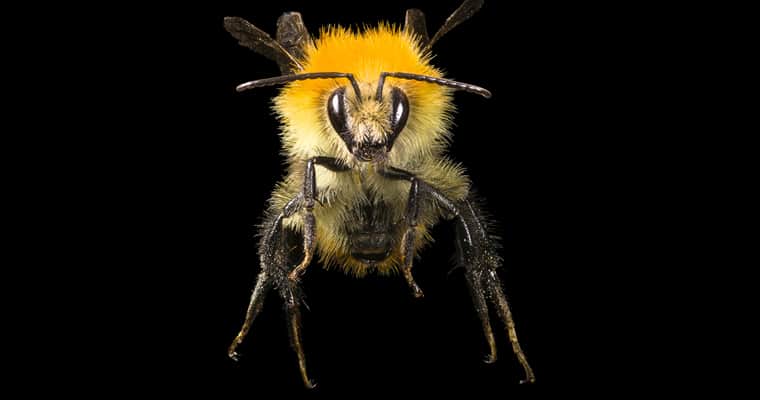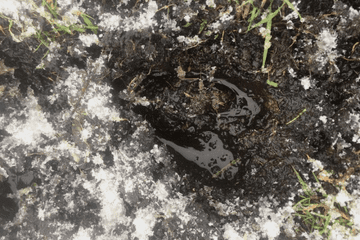The Invasive Species Council welcomes the opportunity to provide a submission into the draft of Tasmania’s Biosecurity Strategy 2022-2027. The draft strategy is a well developed document, and shows that Tasmania takes biosecurity seriously, and considers all components as important. The superseded Tasmanian Biosecurity Strategy 2013-2017 was also a well developed document.
Due to its geography and climate, Tasmania has inherent natural barriers that are augmented by strong biosecurity conditions and activities that have resulted in less invasive species impacts than most of mainland Australia. Despite this natural advantage, invasive species remain one of the most significant threats causing extinctions and declines of Tasmanian biodiversity, as well as necessitating costly and disruptive eradication programs to protect agriculture and trade. Unfortunately, the number of detections and incursions of potential invasive species in Tasmania are increasing from domestic and international trade.
As states and territories, along with federal governments, shift towards a shared responsibility approach to biosecurity, it is critical that the state’s biosecurity is developed and implemented well. This requires extensive support, planning and education by governments to ensure continued success and strengthening of the biosecurity system into the future. The draft Tasmanian Biosecurity Strategy 2022-2027 appears to be taking this approach – and acknowledges the precautionary position while faced with the steadily increasing biosecurity threat from external sources. It has also been drafted with the uncertainty of the state government’s ongoing economic capacity to perform the whole range of biosecurity functions into the future, and recognises that work will be required to move towards shared responsibility and allow real participation in the biosecurity system by all of Tasmania.
We welcome the progress and commitment to modernising and strengthening Tasmania’s biosecurity system, from the reform of legislation in 2019, to this strategy. The focus on prevention and early eradication of newly detected species will set Tasmania on a path to maintaining its natural advantage, potentially in more ambitious ways such as eradicating established pests, such as feral deer








